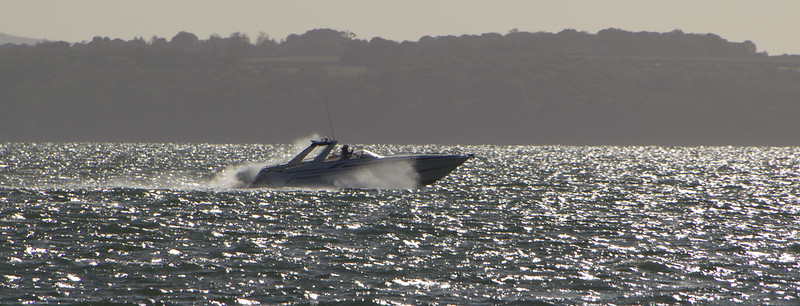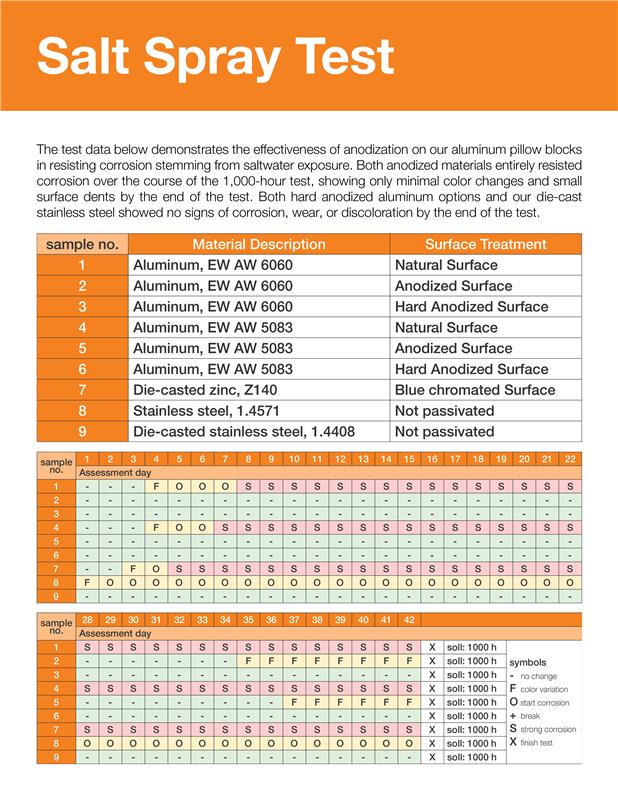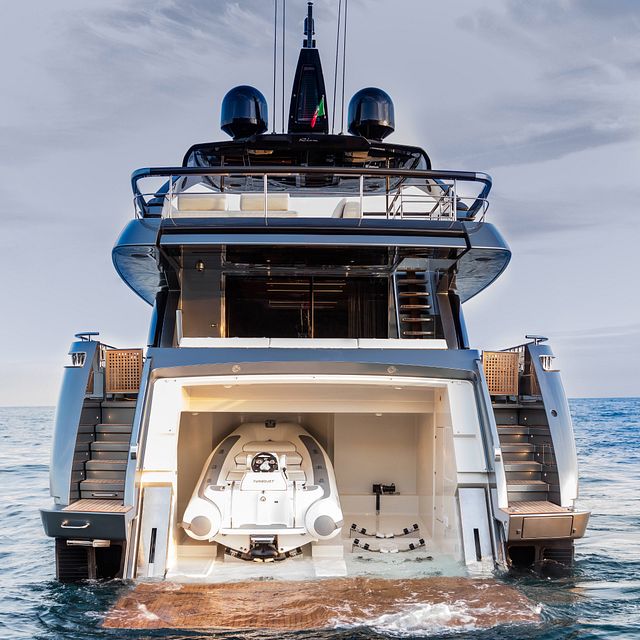How Plastic Linear Bearings and Bushings Can Really Float Your Boat

Photo: "powerboat" by Barry Skeates, licensed under CC BY 2.0
The market for private watercraft is exploding. Boat sales reached a 13-year high in 2020, with more than 310,000 new powerboats sold, according to a recent report by the National Marine Manufacturers Association®. Those are numbers that the recreational boating industry hasn’t seen since before the Great Recession in 2008, the report says. And all indications show that this market isn’t slowing down yet.
Plastic bushings and linear slides are perfectly suited for these types of applications. In this blog post, I’ll give you a quick recap on how those components work, offer tips on how to choose the right bearing material, and discuss some igus® products that are ideal for various types of boating applications. Let’s get started.
How plastic bushings and linear slides work
Plastic bearings are commonly manufactured through the injection-molding process and designed using specially-formulated materials for use in bearing applications. They are made of a base polymer with reinforcing compounds and embedded solid lubricants. For more details on this, check out my other blog post.
What these design elements mean is that plastic bearings do not require oil or grease to function properly. They are self-lubricating and work by impregnating the mating pin, shaft, or guide rail with solid lubricants. This makes them ideal for use in – you called it – wet environments.
Choosing the right plastic bearing material
Not all plastics are the same, so you need to make sure you are choosing a polymer material that has low moisture absorption. Bearings that have a moisture absorption rate of less than 1% are recommended for wet environments.
At igus®, all of the drylin® linear bearings are suited for splash-water or underwater applications, the best of which use iglide® plastics X (T500) and A160. As far as bushings designed for pivoting or rotary motion, we would recommend our H370 (meant for underwater applications) or iglide® J, which has an extremely low moisture absorption content.
You can also use the igus® online lifetime calculation tools and product finders to help determine suitable materials for your project.
Now, let’s dive deeper (pun intended) into each product type below.
igus® Products for the Recreational Boating Industry
Linear plain bearings
Another great thing about polymer-based linear slide applications is that there is a wide variety of corrosion-free shaft/rail material available, including anodized aluminum and 300-series stainless steel.
Anodized aluminum is one of the best mating materials for plain bearings, and it offers a high level of corrosion resistance. Other benefits include the fact that it is super lightweight and really easy to machine. While linear ball bearings require hardened steel and stainless shafting, typically 420 or 440 series, plain bearings can work perfectly on 304 or 316 materials – both of which are superior in wet and saltwater applications. drylin® bearings used with anodized aluminum and 316 stainless have easily passed the salt spray test of some leading boat manufacturers.
Lead screws and nuts
Lead screws and plastic nuts made from the same engineered polymer materials as drylin® linear bearings also excel in marine applications. These components combined with linear slides are available as one-piece, bolt-on linear actuator solutions, complete with IP-65 and 68-rated NEMA-framed stepper motors and 300-series stainless lead screws.
Further reading: the power of dry-running, maintenance-free components aboard boats
Application examples
Linear bearings and lead screw assemblies
Applications for linear bearings are frequently found in seating (fore-aft motion, headrests, shock-suspension systems, armrests), moveable furniture, like beds and tables, and accessories, such as coolers, hatches and pocket doors.
Curved-rail systems are ideal for cabinets and television mounts but can also be used to move radar and other communication devices (see an example of this in the video below). Boat docks have many applications that use lead screws to position and level them evenly; plus, lead screws and nuts can be used for outboard motor systems.
Plastic plain bearings
Plastic bushings are perfect for all sorts of adjustments. They can be used in the pivot points of chairs and furniture (and anything else that pivots inside a cabin), hinges on door latching systems, anemometers and communication areas. In addition to areas on a boat itself, plastic bushings in rotary and pivoting movements are ideal for boat lifts due to their high load capacity and dry-running properties. Similar to their linear counterparts, plain bearings are also corrosion-resistant and offer a lightweight alternative to metal components, helping to increase the range and reduce the consumption of fuel in the vessel.
For more application examples, visit our marine industry webpage. You can also download this brochure or contact an igus® expert with any questions.



